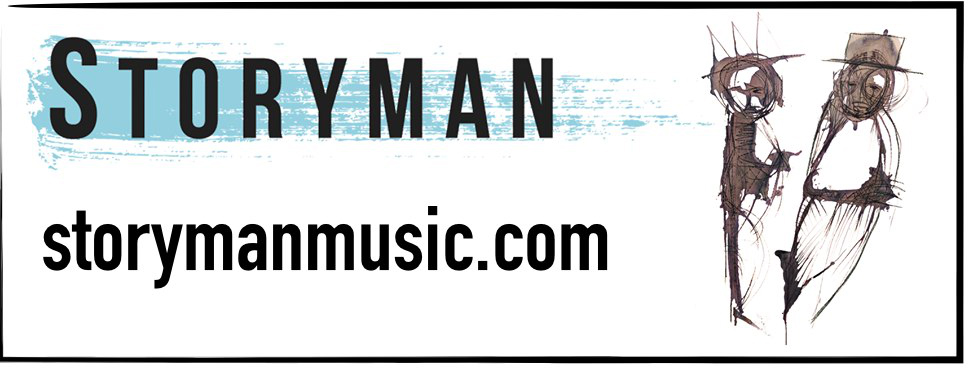SciWorks Radio is a production of 88.5 WFDD and Kaleideum, formerly the Children's Museum of Winston-Salem and SciWorks.
If you're a male animal, you might be far more gorgeous than your female partner. Think about the flowing mane of a lion, the majestic antlers on an elk, or the artistically intricate patterns on a peacock's feathers.
But now researchers are zeroing in on what qualifies as female beauty among many animal species.

They are far more muted than the signals that we see in males, so we don't see anything like a peacock's tail in a female animal.
That is Dr. Courtney Fitzpatrick, former postdoctoral fellow at Duke University and a co-author of a recent paper in the journal Evolution investigating the purpose of female animal beauty. And it's not as straightforward as you might expect.
The female's ornamentation is usually red, and you might think that they would increase the risk of predation to an animal who is displaying it.
While we know that for males of many species, it's very important to get as many mates as you possibly can...
The point, scientifically, is for the male to pass his DNA to as many offspring as possible. And while that might seem obvious for females, it's not the case, according to Dr. Fitzpatrick's mathematical models.
This rule is not as likely to apply as ubiquitously to females.
And so, when you see what looks like reproductive competition using, say, a red spot on your side, or a red swelling on your rear end, or an orange patch under your throat if you're a lizard, what has been hypothesized is that, when females are using those traits for what looks like competition for number of mates, that they might be competing for mates of superior quality.
But instead, what our models suggest is that, even if, for example, because they have this trait, they're more likely to mate with a male who is “better,” it still is very weak selection.
The female is not influencing future generations in a meaningful way. So what's going on?
There shouldn't be as much pressure on females to compete for mates because they're not scarce from the perspective of the female, and yet we see these things that look like competition for mates.
A female crab is not likely to go without a mate, while many males will. So then, why does that one special she-crab need such alluring and unforgettable red claws?
We might assume that, if a female walks around with a big red spot on her side, that she is going to be more visible to predators and, therefore, less likely to survive. Might it be the case that, by having a big red spot on her side and attracting males to her, that she, somehow, actually gains a survival advantage? So, that's one hypothesis.
Maybe they're a resource in terms of the kind of protection they provide from predators, whether that protection is because males are actively doing anything, or by virtue of being closer to a male, you're less likely to be eaten by a leopard. Or perhaps, in species where males provide nuptial gifts, maybe those females then get more fish, or, you know, whatever the male is bringing to her to eat?
Maybe through social selection, she gets gifts and/or protection from her special guy. The verdict is still out.
So, why does research like this matter?
Just as you would need to go out and get the cement to build the foundation of your house, applied sciences - like medical cures and space habitation research - rely on the foundation laid by basic research, such as this study. That's why seemingly non-urgent research gets funded.
So, there's not an immediate application of this work to, say, human health or anything that would necessarily, in the very immediate, improve or affect the human condition, except for the acquisition of basic knowledge. All of the applied research is based on basic research, but that doesn't mean that all basic knowledge is going to lead to some application. It's important because we want to understand what has given rise to the patterns we see in the living world.
---
This Time Round, the theme music for SciWorks Radio, appears as a generous contribution by the band Storyman and courtesy of UFOmusic.com.

300x250 Ad
300x250 Ad
